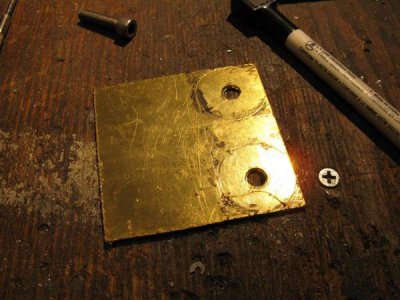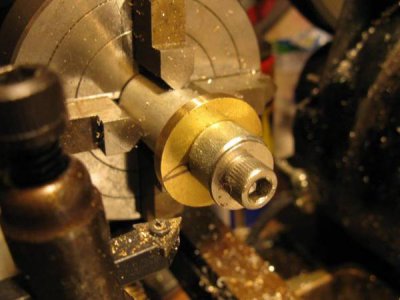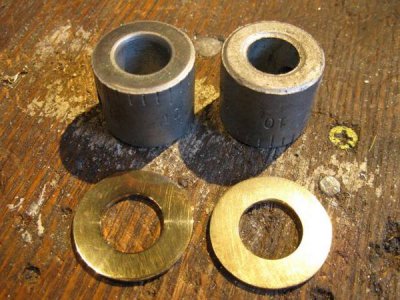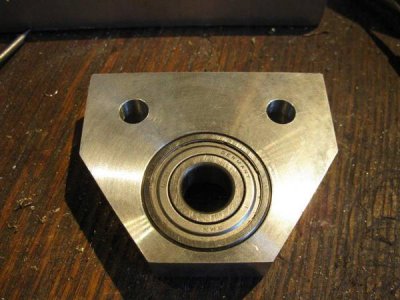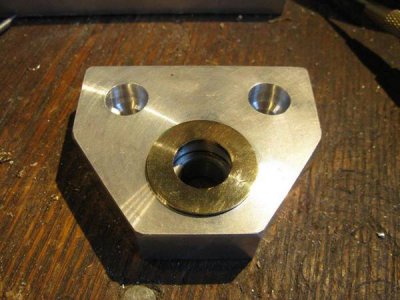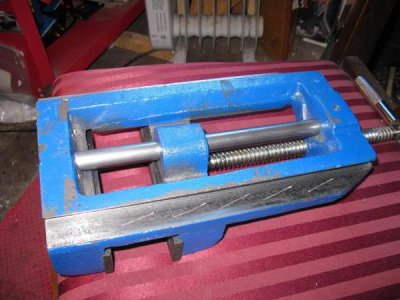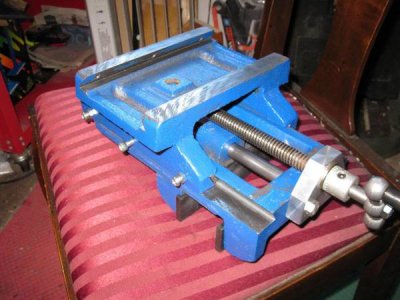- Joined
- Dec 8, 2013
- Messages
- 2,651
hmm, good idea. I might have to make it out of wood first until I can scrounge some metal plate of some description, although thankfully I do have a lot of wood in the garage. I'll see if I can find a flat piece of hardwood somewhere. I'm still kicking myself for not scrounging a large piece (12in by 12in?) of 3/8" aluminium that I saw in the metal recycling bin at work, thought I wouldn't have a use for it (slap). Never again
Also have to figure out a way of using the dial indicator (1in, 0.001") I have to get the vise properly perpendicular to the spindle. At least I have plenty of steel rods of different sizes I could use to cobble something together.
I had a similar problem: the table on my drill press is so large that it interferes with the lower of the vise slide handles. I just blocked it up with a couple of chunks of a tractor drawbar. A plate would be better but you got what you've got.
Now that it's above zero in the shop again I may soon have something to post about the Avey project (if I can find time between bouts of snow plowing).


